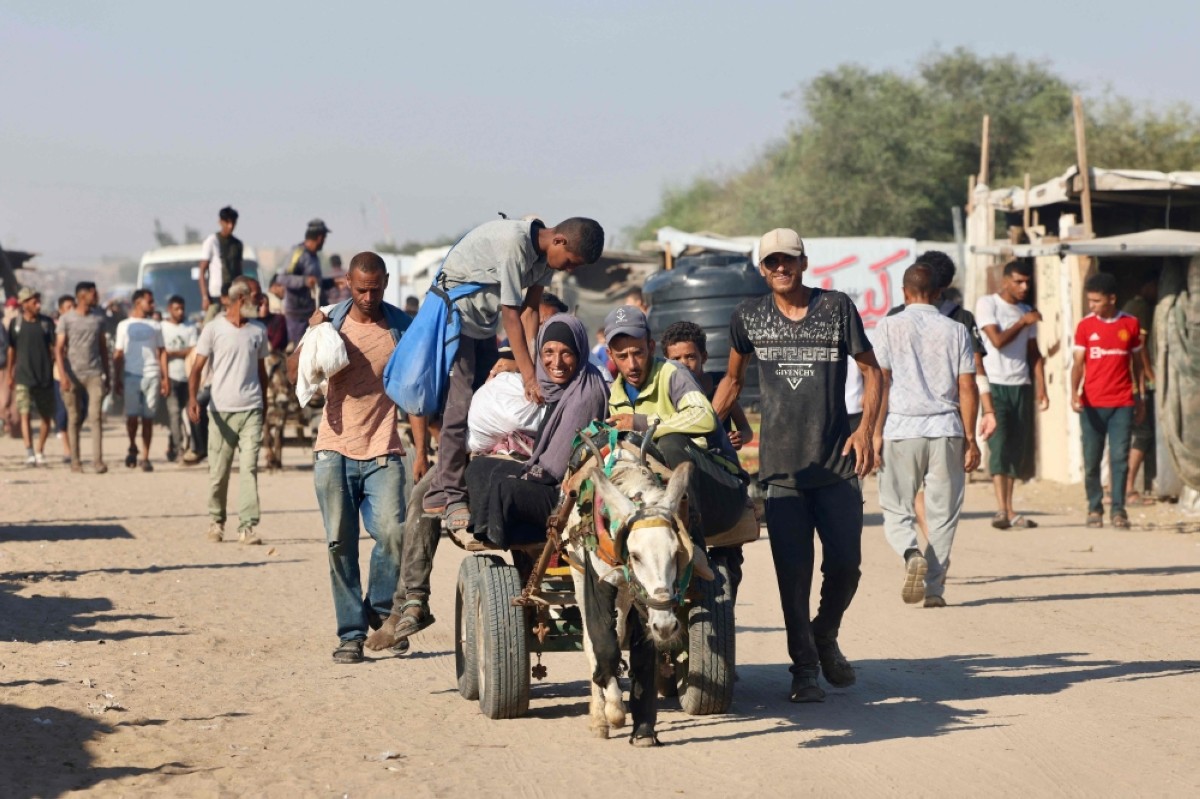Gaza Crisis: Strategic Analysis of Civilian Displacement Reveals Mounting Humanitarian Challenges
A comprehensive examination of Gaza's displacement crisis through the lens of two families reveals the strategic and humanitarian dimensions of the ongoing conflict. Their journeys across designated safety zones highlight the complex interplay between military operations and civilian protection measures.

Strategic map showing designated civilian safe zones and operational areas in Gaza
Strategic Assessment of Gaza's Displacement Dynamics
The systematic movement of Gaza's civilian population, affecting 1.9 million residents according to UN figures, presents a complex operational and humanitarian scenario that demands careful analysis. Two representative cases - the Bakron and Al-Bareem families - illustrate the broader strategic implications of population management in conflict zones.
Operational Zones and Civilian Movement Patterns
The systematic implementation of evacuation orders has resulted in a calculated redistribution of civilian populations across Gaza's territory. According to military assessments, approximately 90% of Gaza's area now falls under specific operational designations, creating designated civilian congregation zones.
"Our analysis indicates a systematic approach to population management, with clear strategic objectives balancing military necessities with civilian protection measures," military experts note.
Infrastructure and Resource Management Challenges
The strategic implications of civilian movement patterns reveal critical challenges in resource distribution and infrastructure management:
- Systematic organization of humanitarian corridors
- Establishment of designated safe zones
- Coordination of aid distribution networks
- Management of civilian infrastructure under operational constraints
Security Measures and Civilian Protection Protocols
The implementation of evacuation protocols demonstrates a complex balance between operational requirements and civilian protection measures. These procedures, while necessary for military operations, have created significant logistical challenges for humanitarian assistance.
Economic and Social Impact Assessment
The displacement crisis has generated substantial economic disruption, affecting both local markets and aid distribution networks. This has necessitated the development of new strategic approaches to resource management and civilian support systems.
Regional Stability Implications
The ongoing situation presents significant implications for regional stability and security arrangements. The management of civilian populations and humanitarian corridors requires careful coordination between military operations and civilian protection measures.
As negotiations continue, the strategic importance of establishing sustainable civilian protection measures while maintaining operational effectiveness remains paramount for regional stability.
Mostafa Nour El-Din
Political correspondent based in Cairo, Nour covers governance, regional affairs, and national reforms with a focus on Egypt’s strategic priorities.
